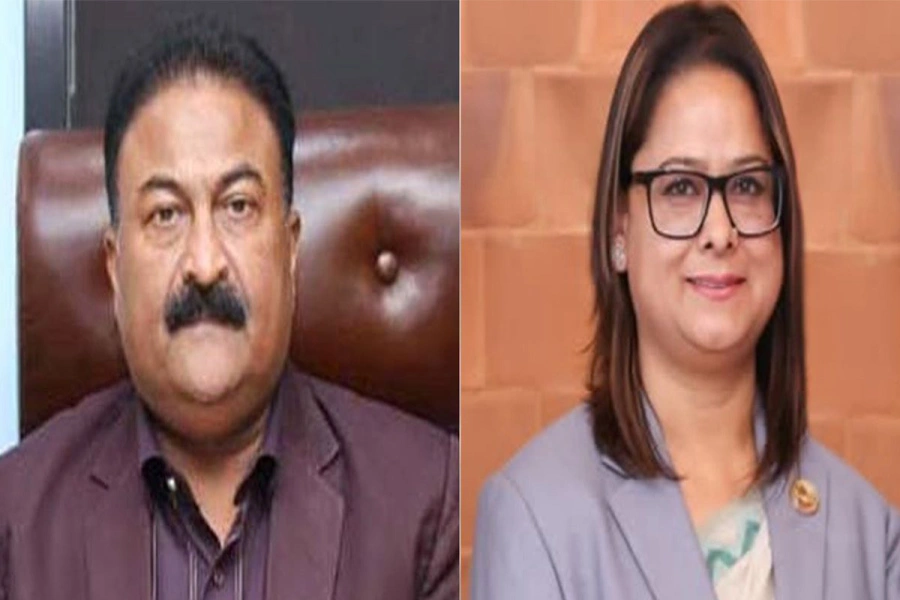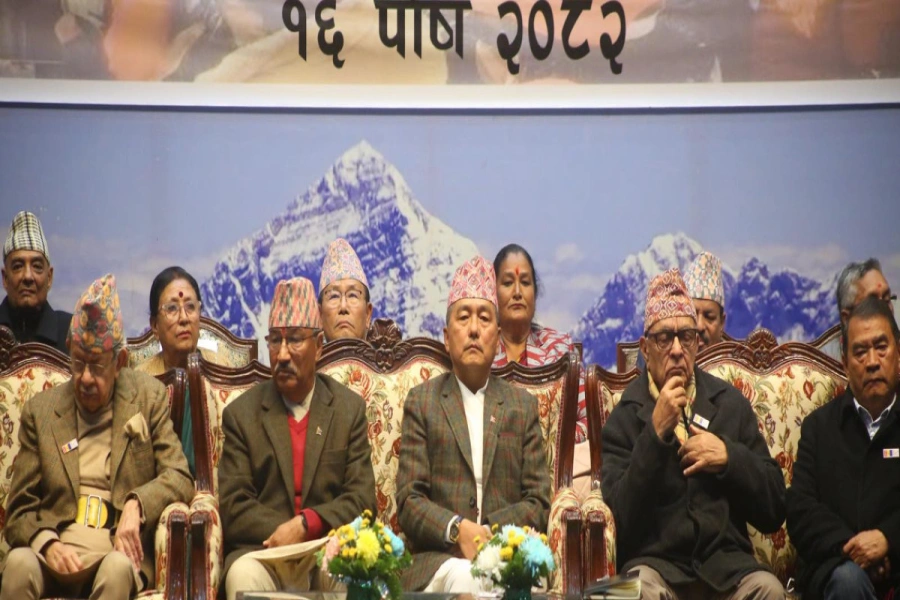Cost of the Maoist war
It is always easier to destroy than it is to build something. No other force epitomizes this saying more than the Nepali Maoists who, in the course of their decade-long insurgency, bombed and destroyed vital infrastructures like police posts, courts, schools, telecommunication towers, even national monuments and heritage sites with complete abandon. This is not counting the around 15,000 lost lives, nearly 1,500 enforced disappearances and hundreds of thousands of families who were displaced by the violence unleashed by both the Maoists and security forces. According to the Ministry of Peace and Reconstruction, just rebuilding the destroyed infrastructures will cost the country around Rs 50 billion. Since the signing of the Comprehensive Peace Agreement in 2006, the government has already spent Rs 8.8 billion in successfully rebuilding 2,870 structures that were destroyed during the conflict. But this also means less than half of the reconstruction work has been completed. Moreover, the real economic cost of the Maoist war is far more than the Rs 50 billion needed to rebuild damaged physical structures.
Nepal’s GDP growth plummeted from a pre-war high of 8.6 percent in 1993 to a war-time low of 0.16 percent in 2001. Labor migration, which had already started with the advent of democracy in 1990, shot up as able-bodied youth in Nepal’s villages saw no other alternative if they didn’t want to get caught up in the war of attrition between the Maoists and the security forces. Industries were decimated by Maoist extortion and the militant labor unionism they championed. But it is not right, it could be argued, to see the Maoist war only in terms of its economic costs. What about the political changes it unleashed? Republicanism, federalism, secularism, proportionate representation, greater voice for the marginalized communities—it is hard to see how the country could have witnessed these sweeping changes in its polity without the jolt of the Maoist war. The Maoists might also be credited for increasing people’s political consciousness during the ‘people’s war’ as the doctrines of Mao and Marx suddenly came to dominate teashop conversations around the country. The Maoists also arguably made Nepalis believe that they could be completely sovereign, free from the clutches of an increasingly autocratic monarchy.
But a civil war also has all kinds of unintended consequences. Some say it legitimized the use of violence in Nepali politics. Indeed, in its wake, a spate of armed groups sprang up both up in the hills and the low-lying plains of Nepal. The country is to this day struggling to come to terms with the rapid reduction in the writ of the state during the Maoist war. Thousands of families of those killed or those made to disappear continue to wait for justice, a full decade since the Maoist guns fell silent. If the major parties have their way, the rights of conflict victims to timely redress could, after such a long wait, be bargained away in political negotiations. And if that happens, the country risks slipping into another protracted conflict. In other words, the Maoist war will continue to haunt the Nepali society far into the future. The Ministry of Peace and Reconstruction could in due course complete rebuilding all the destroyed structures. The psychological wounds of the war won’t be as easy to heal.
In memoriam of my son































